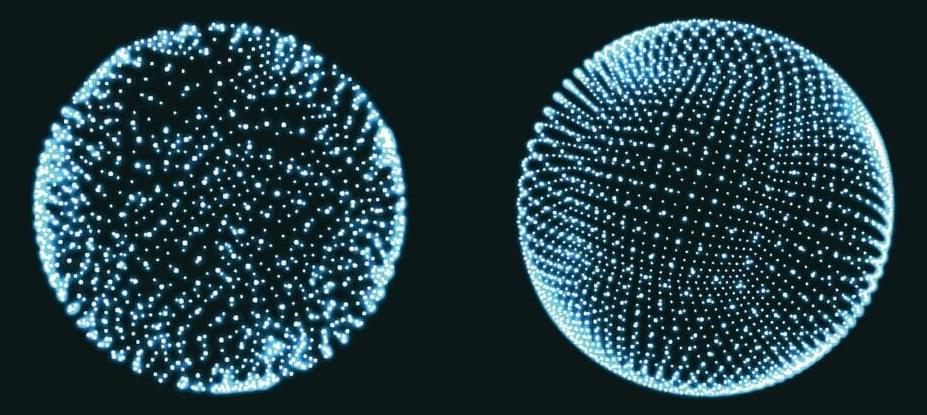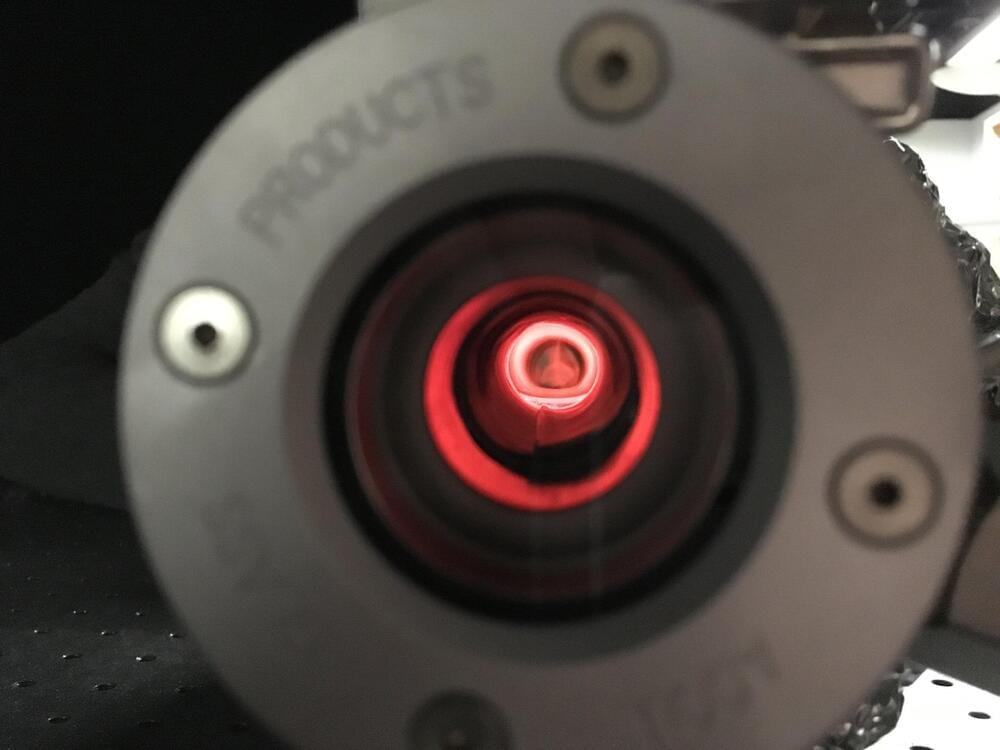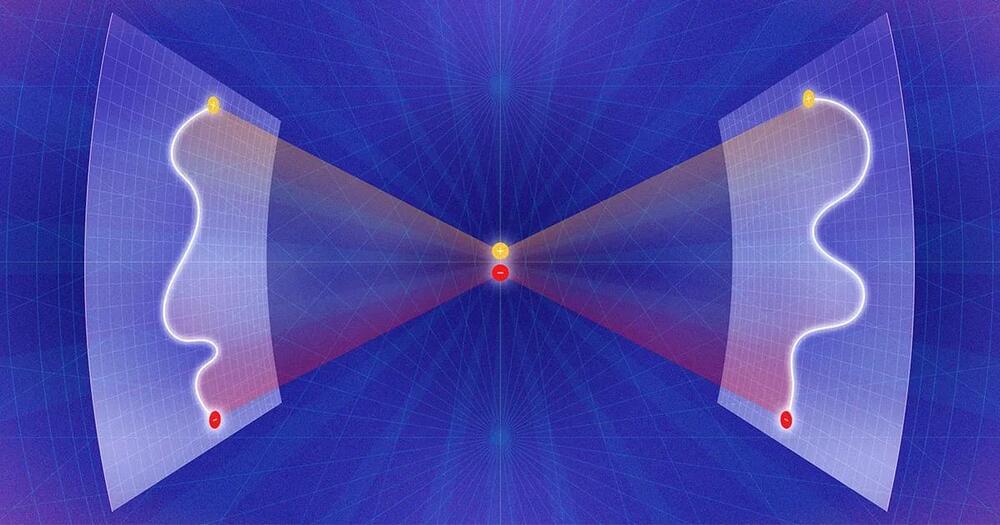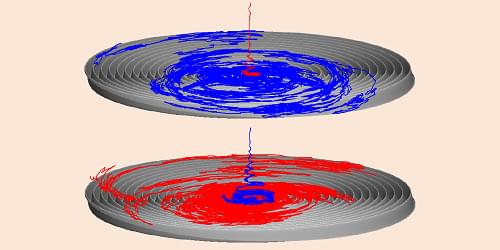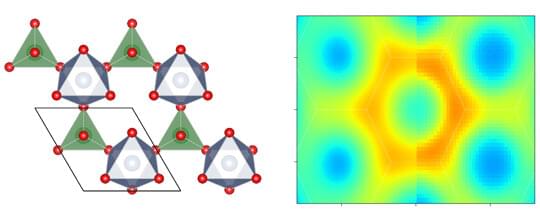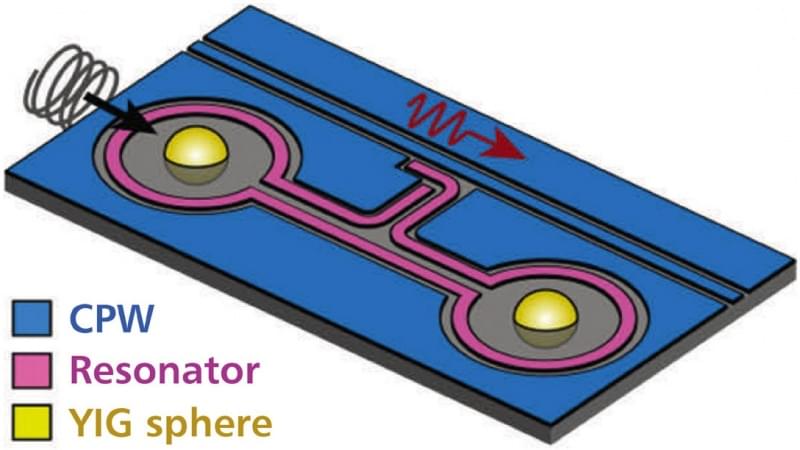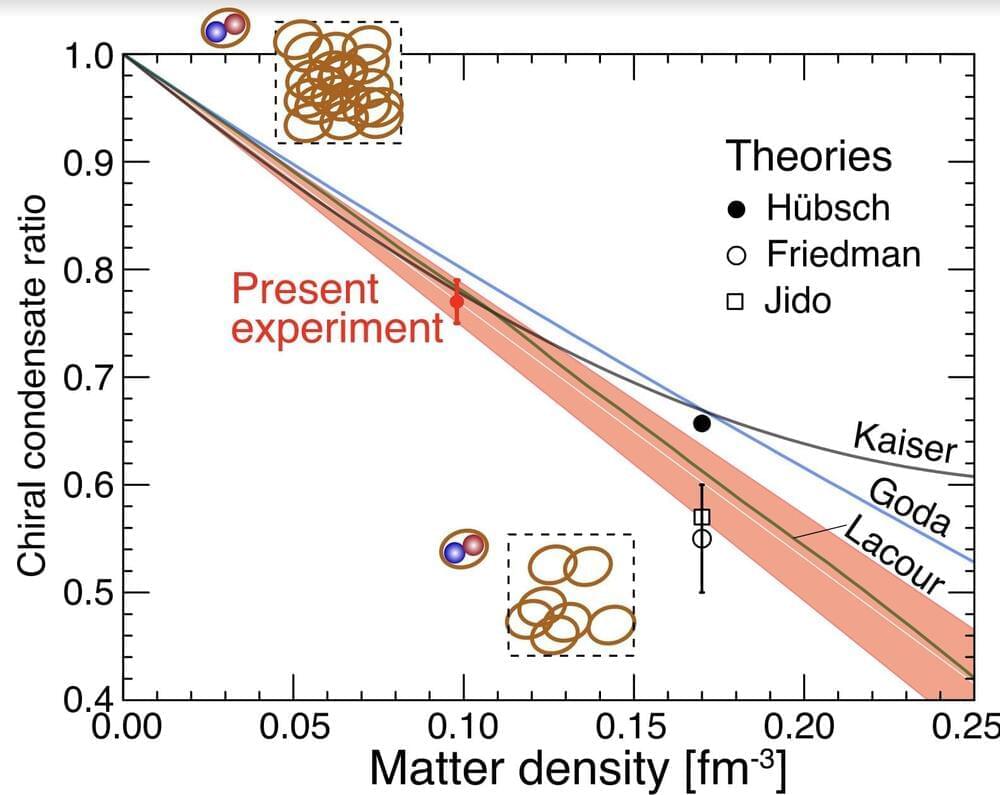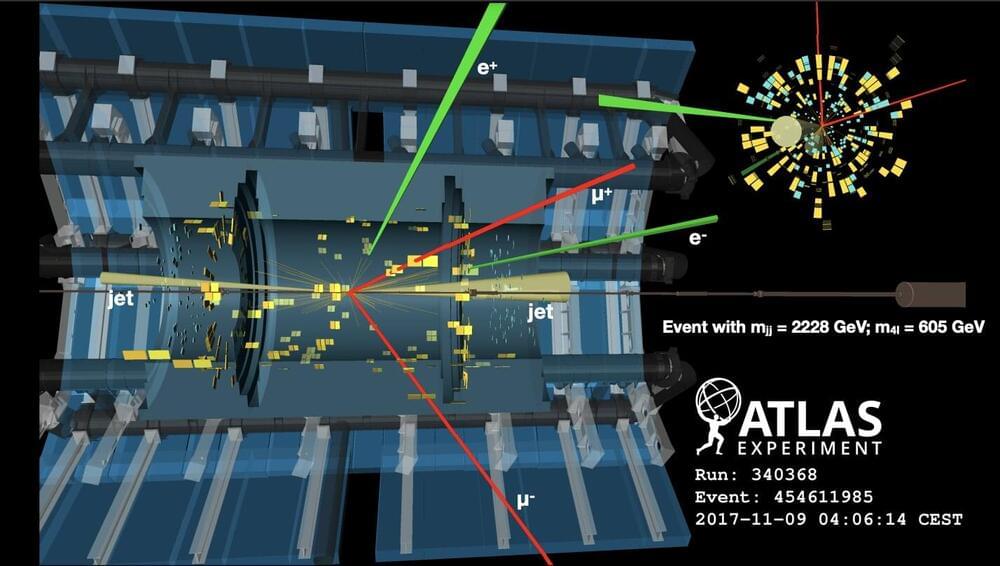A team led by physicists from Oxford University analyzed data from the Large Hadron Collider (LHC) and discovered that a subatomic particle can switch between matter and antimatter, a report by New Atlas explained.
Antimatter, which is differentiated by having the opposite charge to normal matter, is composed of the antiparticles of normal matter. Some particles oscillate between being matter and antimatter via superposition, as illustrated by the thought experiment of Schrödinger’s cat.
In a world-first discovery, it was found that the charm meson, a subatomic particle made out of a charm quark and an antiquark, can travel as a mixture of their particle and antiparticle states, all the while spontaneously switching between the two. The finding is detailed on the preprint server arXiv.
